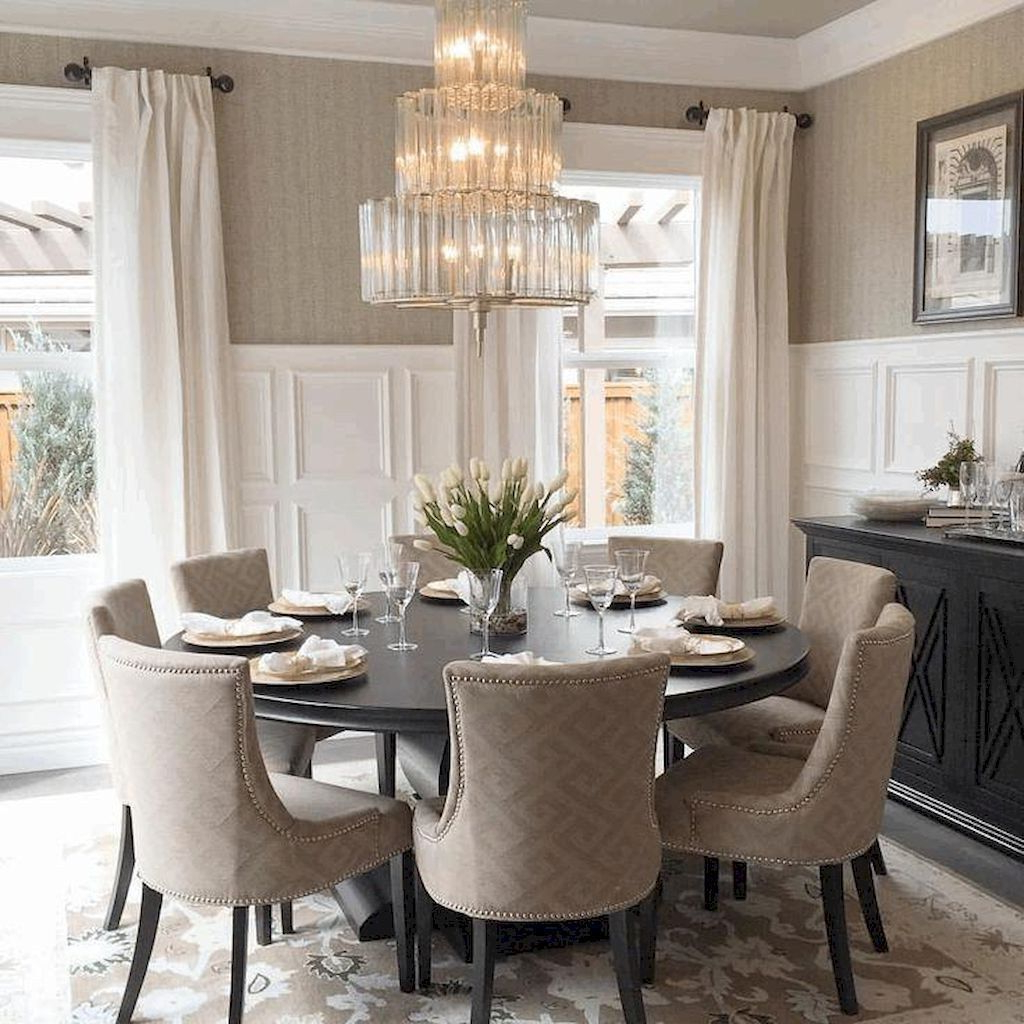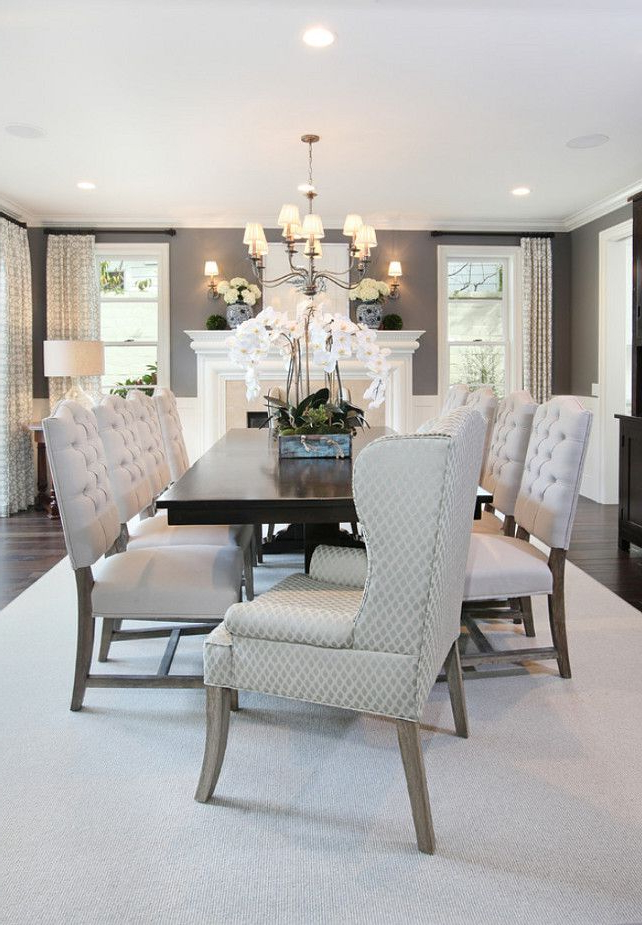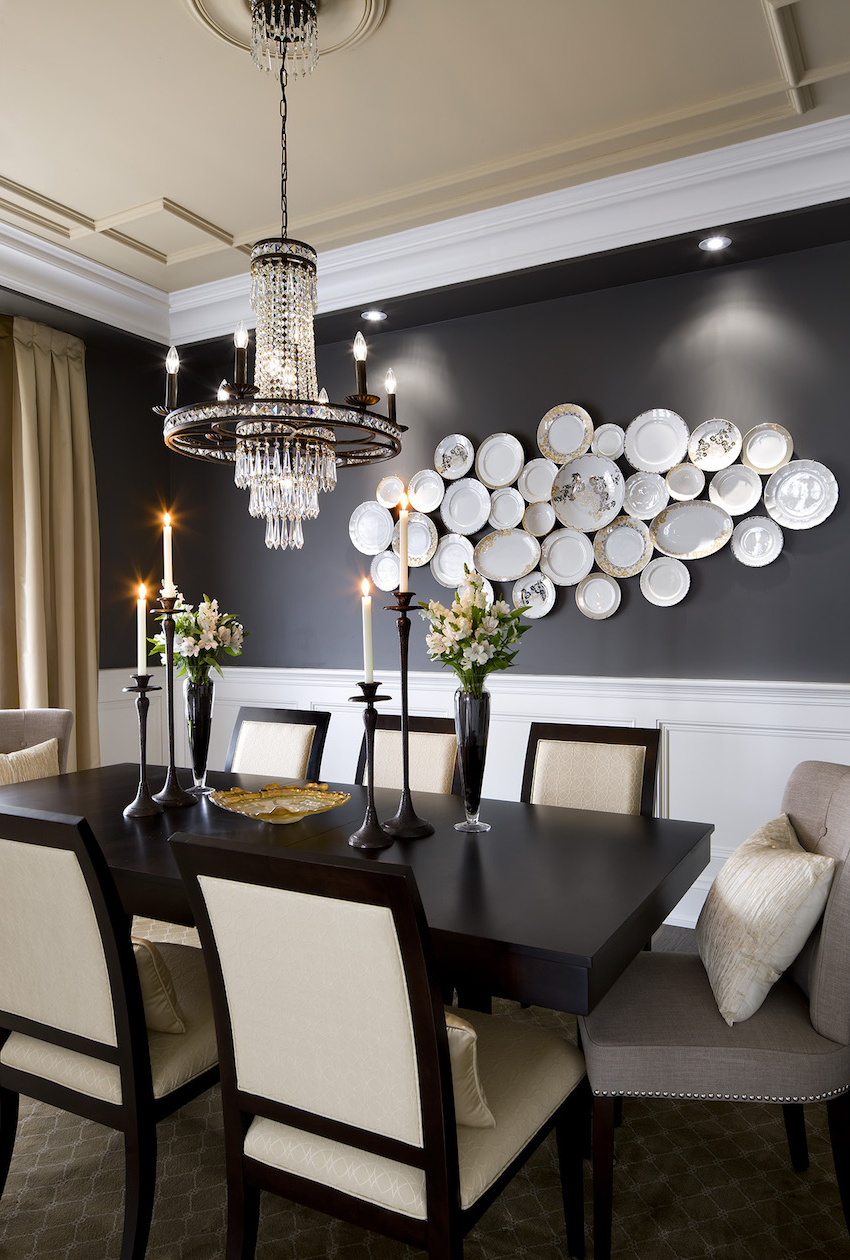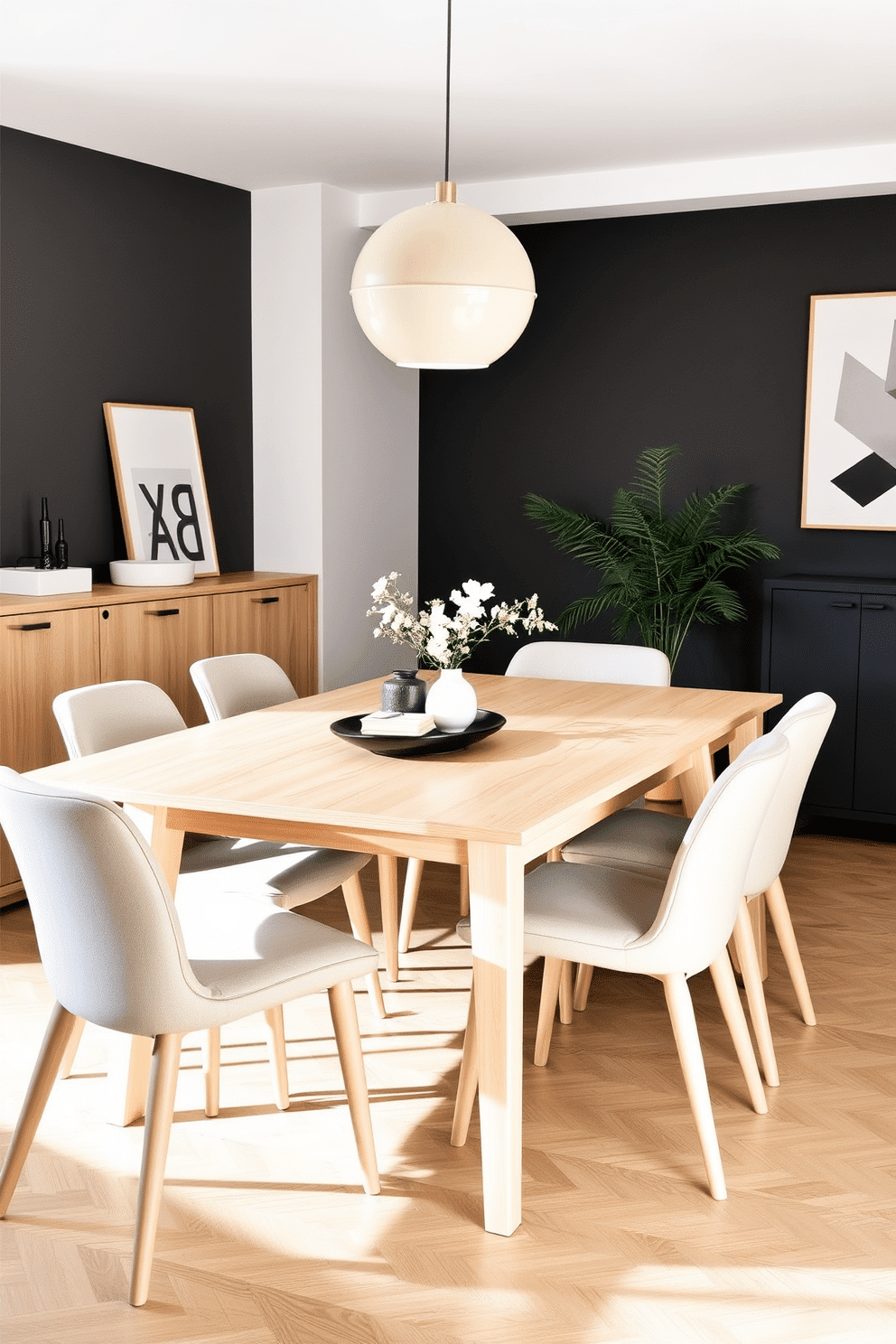Think about your most cherished memories. How many of them involve gathering around a table? Whether it’s a boisterous family dinner, a quiet catch-up with a friend, or even a lively game night, the dining room table often serves as the epicenter of our social lives. It’s where stories are shared, laughter echoes, and bonds are strengthened. But have you ever considered how the very design of this space can either foster or hinder those precious connections? It’s not just about the food; it’s about the atmosphere, the comfort, and the intentionality we put into creating a welcoming environment. Let’s explore how a well-designed dining room can truly become the heart of your home.
In our fast-paced world, finding genuine moments to connect can feel like a luxury. Yet, the simple act of sharing a meal together remains a fundamental human experience. And at the core of this experience is the dining room table. It’s more than just a piece of furniture; it’s a platform for communication, a stage for celebration, and a sanctuary for solace. But creating this inviting atmosphere isn’t always straightforward. It requires a deliberate approach to design, one that prioritizes both aesthetics and functionality. We’re talking about crafting a space where people feel comfortable, encouraged to open up, and eager to linger. Let’s dive into how we can achieve that, one thoughtful design choice at a time.
The Foundation: Choosing the Right Table
The dining table is, without a doubt, the star of the show. Its shape, size, and material can significantly impact the kind of interactions that happen around it.
- Shape Matters: Consider a round table. These are fantastic for fostering conversation because everyone can see and talk to each other easily, with no one feeling left out or at the head of the table. Rectangular tables, while classic, can sometimes create a more formal feel and might separate people into distinct groups. Square tables work well for smaller, intimate gatherings, promoting a sense of closeness.
- Size for Your Life: How many people do you typically host? A table that’s too large can feel cavernous and impersonal for a small group, while one that’s too small will make everyone feel cramped and uncomfortable. Measure your space and think about your usual guest list. It’s better to have a table that comfortably seats your everyday needs, with room to extend or add chairs for special occasions.
- Material and Feel: The material of your table can also set the tone. A sturdy, natural wood table often brings warmth and a sense of groundedness. A glass-topped table might feel more modern and airy, but can sometimes feel a bit stark. Think about the overall vibe you want to create. Do you envision cozy, rustic evenings or chic, contemporary dinners? The table is your starting point.
Comfort is Key: Seating Arrangements That Encourage Lingering
Once you’ve got the table sorted, let’s talk about the seating. This is where comfort truly shines, and comfort is a massive driver of connection. No one wants to feel fidgety or squished.
- Cushioning and Support: Upholstered chairs offer a luxurious feel and are much more inviting for longer meals. Even chairs with padded seats make a significant difference. Consider the back support too. You want guests to feel relaxed, not perched precariously.
- Armrests or No Armrests: Armrests can add to the comfort and create a sense of personal space. However, they can also make it harder to tuck chairs in neatly under the table and might limit the number of people you can fit. It’s a trade-off to consider based on your space and priorities.
- Beyond Traditional Chairs: Don’t be afraid to mix and match. A bench on one side can be great for fitting more people, especially younger ones, and can feel more communal. Adding a couple of accent chairs at the ends can inject personality and provide extra comfort for those who might appreciate it. The goal is to make sitting down for a meal an experience people look forward to, not endure.
Lighting the Way: Setting the Mood for Conversation
Lighting is perhaps one of the most powerful, yet often overlooked, elements in creating an atmosphere conducive to connection. Harsh, overhead lighting can make a space feel sterile and uninviting.
- The Magic of Dimmers: Installing a dimmer switch on your main overhead light is a game-changer. It allows you to adjust the intensity based on the occasion – brighter for meal prep and cleanup, softer for dining and conversation.
- Layered Lighting: Think beyond just one light source. Pendant lights or a chandelier centered over the table provide focused illumination and become a beautiful design feature. Add accent lighting with sconces on the walls or even a stylish table lamp on a nearby buffet. These layers create depth and warmth.
- Candlelight Charm: Nothing quite says ‘intimate gathering’ like the soft glow of candles. Whether real or high-quality LED ones, a few strategically placed candles can instantly transform the mood, making conversations feel more personal and relaxed. It’s a simple touch that makes a big impact.
Beyond the Table: Creating an Inviting Environment
The dining room isn’t just about the table and chairs. The surrounding elements play a crucial role in making the space feel welcoming and encouraging people to settle in.
- Color Palette and Decor: Choose colors that evoke warmth and comfort. Earth tones, muted blues, and soft greens can create a calming and inviting ambiance. Add personal touches with artwork, photographs, or plants. These elements make the space feel lived-in and reflect the personalities of those who inhabit it.
- Acoustics and Sound: A room that echoes can make conversation difficult and feel jarring. Rugs, curtains, and even upholstered furniture can help absorb sound, making the space more acoustically pleasing. Consider the music you play, too – soft background music can enhance the mood without overpowering conversation.
- Functionality and Flow: Ensure there’s enough space to move around comfortably. Is there a clear path from the kitchen to the table? Is there a place to set down drinks or appetizers? A well-organized space reduces stress and allows everyone to focus on enjoying each other’s company. Think about adding a sideboard or buffet for serving and storage, keeping the main table clear for interaction.
The Art of the Centerpiece: More Than Just Decoration
A centerpiece can be the crowning glory of your dining table, but it should enhance, not hinder, connection.
- Height and Visibility: The most important rule is to ensure your centerpiece doesn’t block eye contact between guests. Opt for low arrangements, or tall, slender pieces that allow clear sightlines. A beautiful vase of flowers, a bowl of fruit, or even a sculptural element can work wonders.
- Seasonal Touches: Incorporating seasonal elements can make your dining room feel dynamic and reflective of the time of year. Think autumnal gourds, festive greenery during the holidays, or fresh spring blooms.
- Interactive Elements: Sometimes, a centerpiece can be more than just decorative. A bowl of conversation-starting cards, a small trivia game, or even a shared platter that requires passing can encourage interaction. It’s about creating opportunities for shared experiences.
Intentionality: Designing for Specific Connections
Ultimately, the most profound way to design your dining room for connection is through intentionality. Ask yourself: Who do I want to connect with here, and how can my space support that?
- For Families: If your focus is family meals, perhaps a durable, easy-to-clean table is paramount. Maybe you want seating that’s forgiving of spills and a layout that allows for easy supervision of younger children.
- For Entertaining Friends: If you love hosting gatherings, consider a table that extends and seating that’s comfortable for longer conversations. Ample space on a nearby buffet for drinks and appetizers can make hosting a breeze.
- For Intimate Dinners: For couples or close friends, a smaller, cozier table with plush seating and soft, ambient lighting might be the perfect choice.
Your dining room design is a reflection of your values and the relationships you cherish. By making conscious choices about your table, seating, lighting, and decor, you’re not just decorating a room; you’re actively cultivating a space where meaningful connections can flourish.
The dining room table is a powerful tool for building and strengthening relationships. It’s a place where we break bread, share our lives, and create memories that last. By approaching your dining room design with intention and thoughtfulness, you can transform this space into a true haven for connection. From selecting the perfect table and comfortable seating to curating the ideal lighting and decor, every choice contributes to the overall atmosphere. So, take a look around your own dining space. How can you make it even more inviting? How can you design it to better serve as the heart of your home, a place where laughter flows freely and connections deepen with every shared meal. It’s about creating an experience, and that experience starts with thoughtful design.















